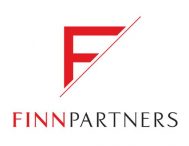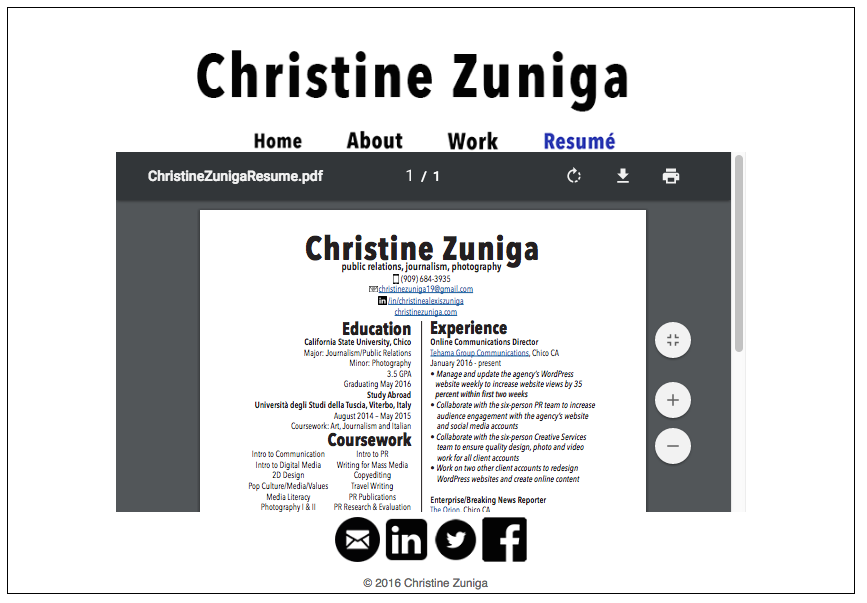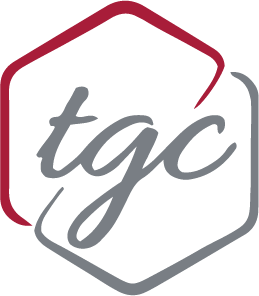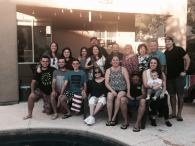Category: TGC
-

Alumni Update- From TGC to Copernio
The Tehama Group Communications staff this semester consists of about 90 percent seniors. So at this time in the semester all of us are scrambling, sweating and seriously panicking about the fact that we will be graduating in less than five weeks. Where will we live? Who is going to hire us? Was this is…
-

An Agency that Stands Out Among the Rest
Image courtesy of Finn Partners There are countless impressive public relations agencies out there, but one stands out among the rest—Finn Partners. Headquartered in New York, NY, Finn Partners is a global marketing communications firm that was founded in 2011. They have 13 offices all across the globe—two of them located right here in California.…
-

TGC in NYC
Megan McCourt– Account Supervisor, PPR Worldwide Former Tehama Group Communications Editorial Director and General Manager, 2010-2011 It’s nearing that time of the year where graduating students frantically polish their resumes, spend hours online searching for that dream first job and, if others are like me, practice interviewing for hours in front of the bathroom mirror.…
-

5 Tips for Creating a Professional Online Portfolio
There are a few components to the job-hunting process that everyone knows: resumé, cover letter, networking, follow-up emails or cards, etc. So, how can you stand out in a crowd of applicants that all submit the same amount of information and seem to have the similar skills? Instead of simply describing your work, you can…
-
Landing an Internship 101
Brace yourself internship deadlines are coming. While most college students are preparing for finals and end-of-semester projects, journalism majors are busy updating their resumes and polishing their cover letters. For the vast majority of students, November marks the last full month of classes. But for some, it means that application deadlines for landing a good internship for…
-
We’re Back!
The Fall 2011 semester has officially begun! Stay tuned blog world we will have more updates for you soon!



